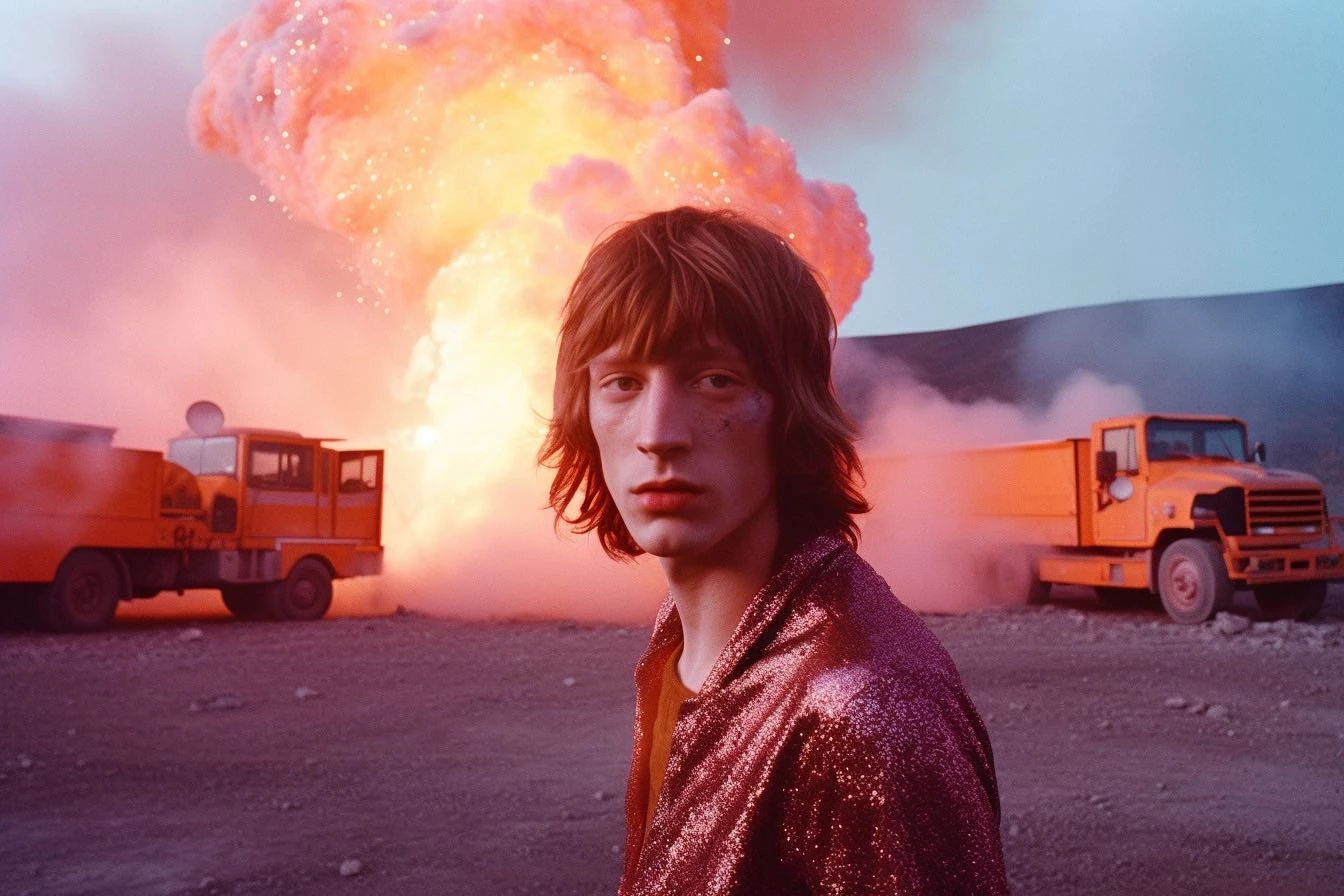
- Date
- 24 NOVEMBER 2023
- Author
- GLORIA MARIA CAPPELLETTI
- Image by
- AI ARTISTS
- Categories
- RADAR Newsletter
Venturing Beyond Reality: AI Art and the Uncanny Valley Phenomenon
In the fascinating intersection of art and artificial intelligence (AI), one concept that consistently captivates and perplexes is the Uncanny Valley. This psychological phenomenon, where the near-human appearance of an artificial entity evokes eerie feelings, has profound implications in the age of AI-generated art. As we delve into this enigmatic concept, it's crucial for our RED-EYE magazine readers to understand its roots, its modern-day manifestations in AI art, and what it tells us about human perception and emotion.
The term "Uncanny Valley" was first coined by Japanese roboticist Masahiro Mori in 1970. He observed that as robots became more human-like, people's emotional responses to them became increasingly positive and empathetic—up to a point. When the likeness to humans was almost complete, but not perfect, it triggered feelings of unease or eeriness. Mori graphically represented this dip in emotional response as a valley.
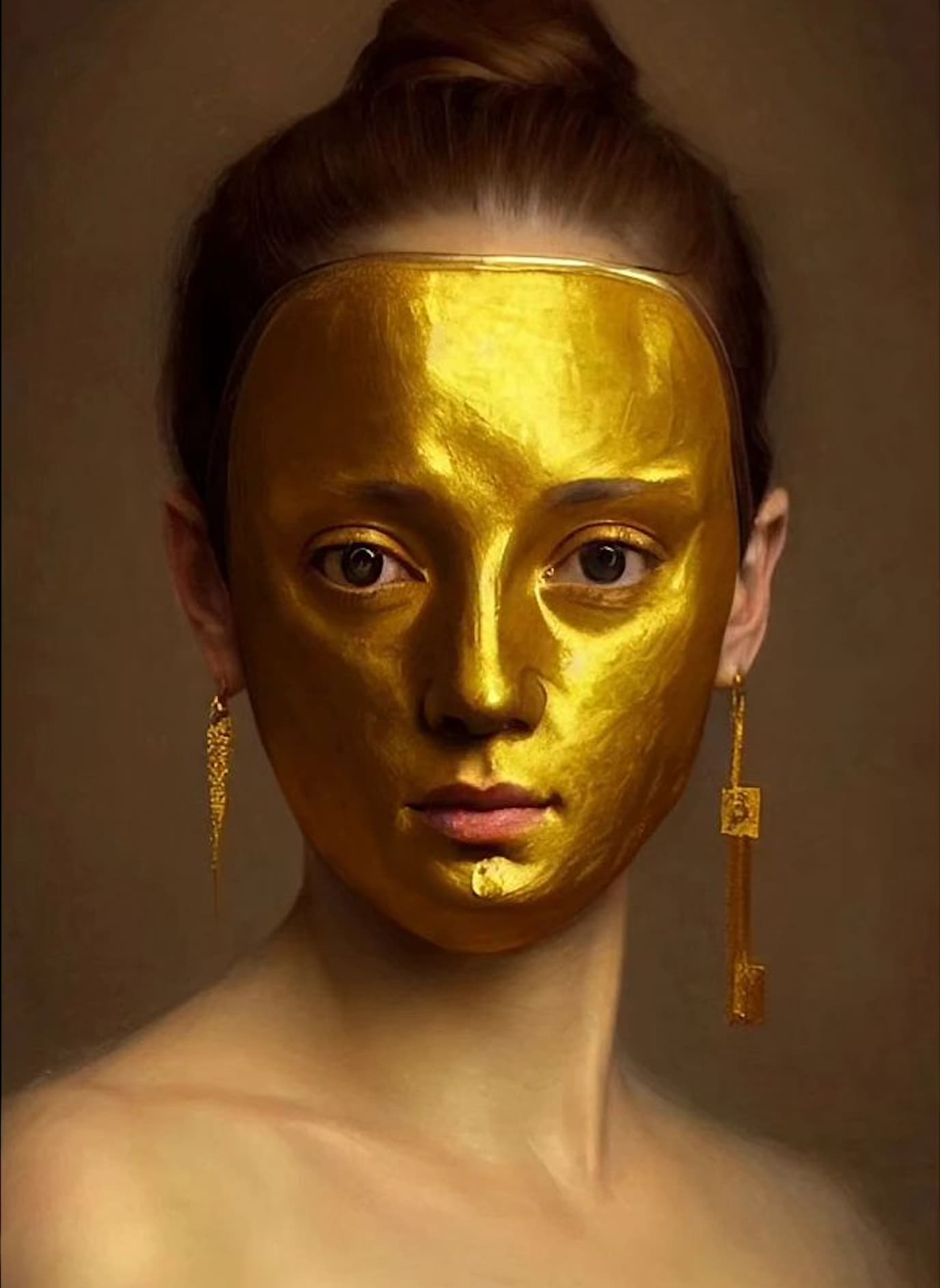
Originally focused on robotics, this concept found its roots in psychological theories related to evolution and survival instincts. Evolutionary psychologists theorize that this response might be a defense mechanism against entities that appear human but are not, which could be potential threats.
With the advent of sophisticated AI capable of creating hyper-realistic art, the Uncanny Valley has extended its reach into the art world. AI programs, using deep learning and neural networks, can now generate artworks that are stunningly lifelike. At RED-EYE, we are constantly researching the most innovative and interesting AI artists, much like these featured in our RADAR newsletter, who are pushing the boundaries of AI to create pieces that challenge our comfort levels with their astounding realism.
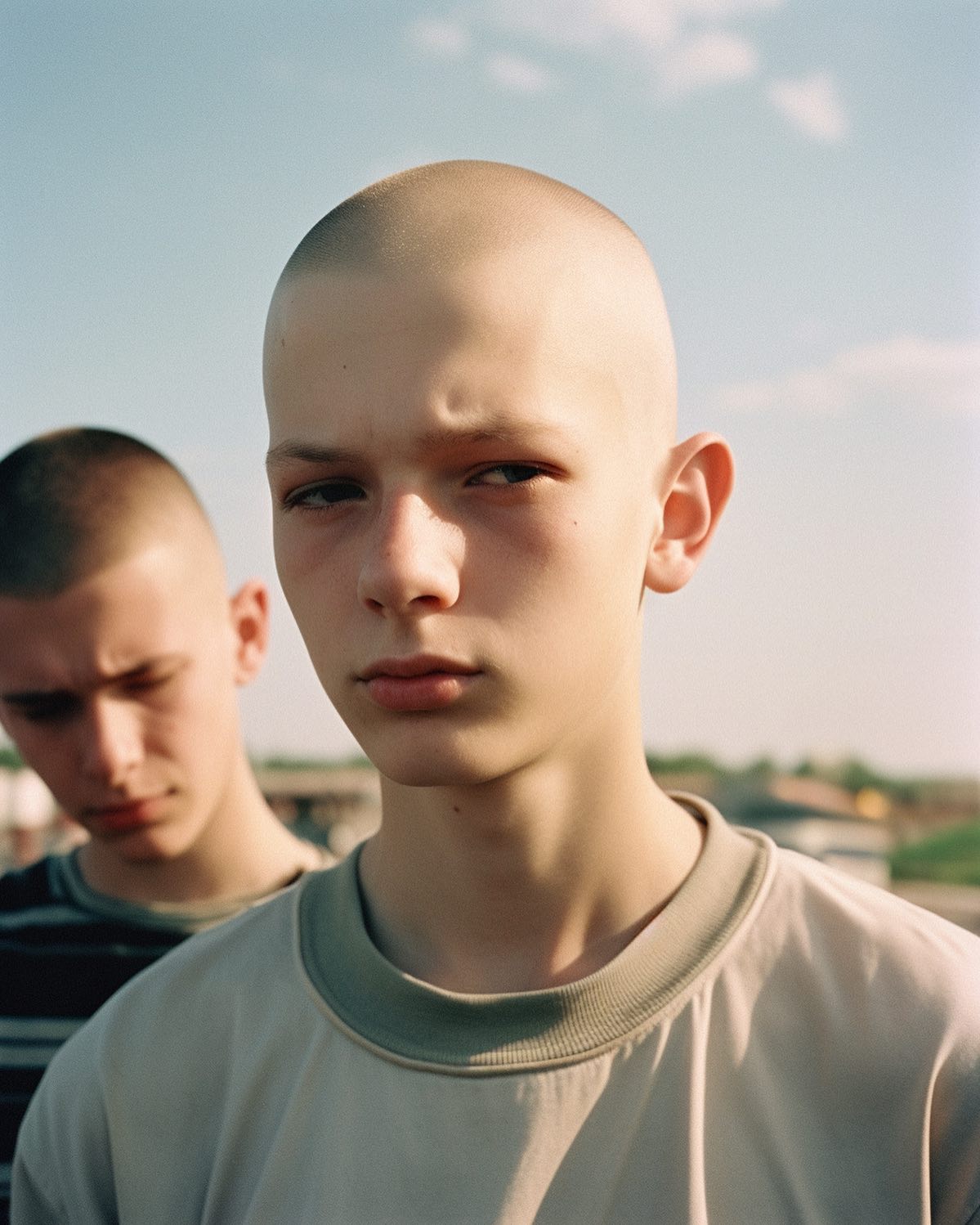
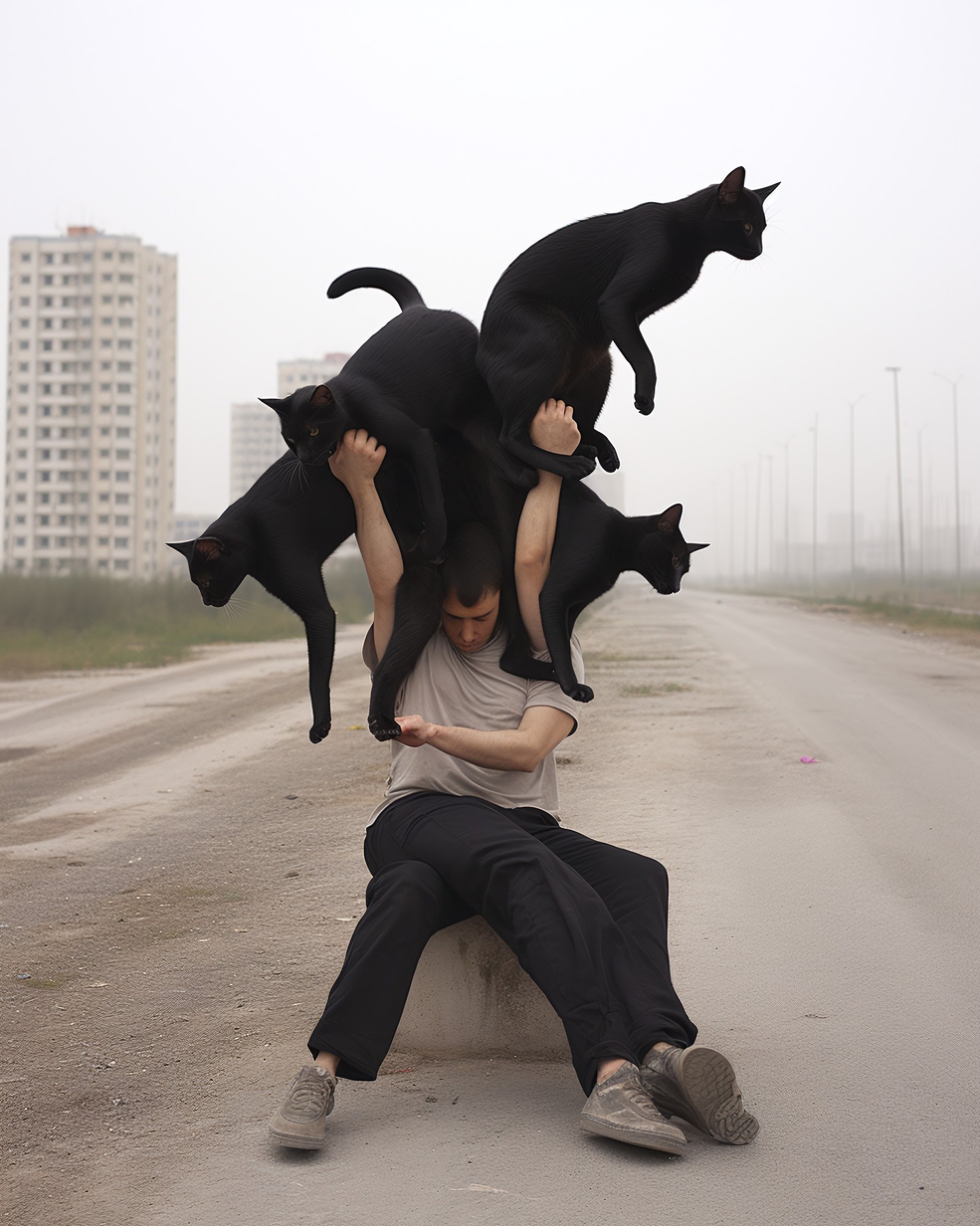
However, when AI-generated art treads too close to mimicking human intricacies, viewers often experience that same eerie sensation described by Mori. This can be particularly pronounced in AI-generated portraits or sculptures that mimic human expressions and emotions almost accurately, but lack the subtle nuances that convey the essence of genuine human interaction.
The Uncanny Valley in AI art raises fascinating questions about how humans emotionally and cognitively engage with art. Cognitive science research suggests that our brains are wired to process faces and human forms in a certain way. When these forms are altered in an almost-but-not-quite-human manner, it can cause cognitive dissonance.
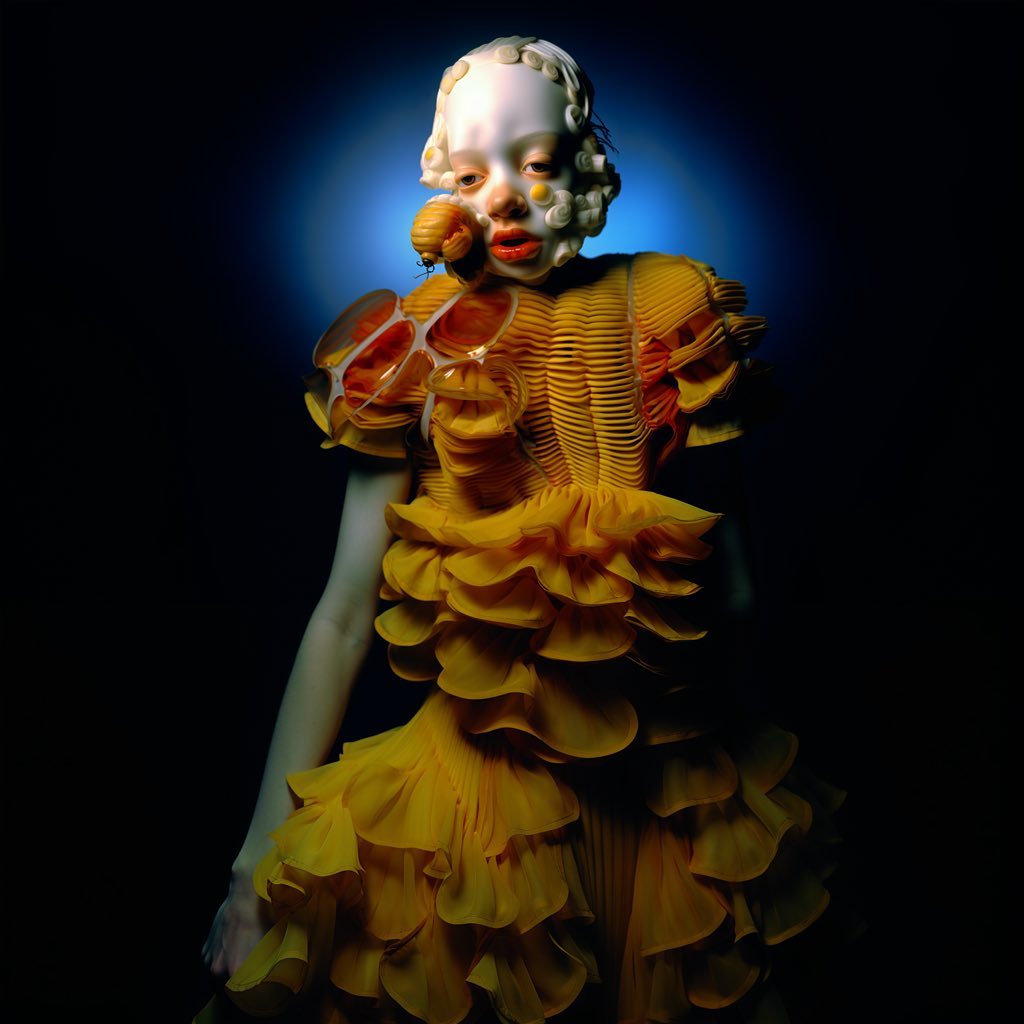
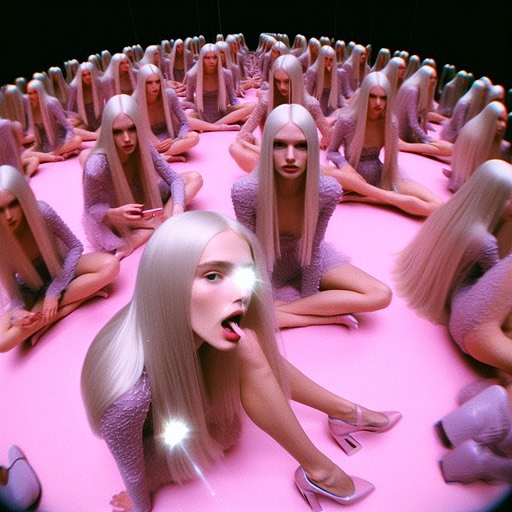
Moreover, the Uncanny Valley effect in art provokes a deeper philosophical inquiry into what it means to be human. In a world where AI can replicate the human form almost perfectly, what is left that is uniquely human? This question is not just of artistic interest but also speaks to broader concerns about identity and the human condition in the technological age.
For artists working with AI, the challenge is to harness the power of AI creatively without falling into the Uncanny Valley. Some embrace the eeriness as a statement, while others strive to create AI art that evokes empathy and connection without crossing into discomfort.
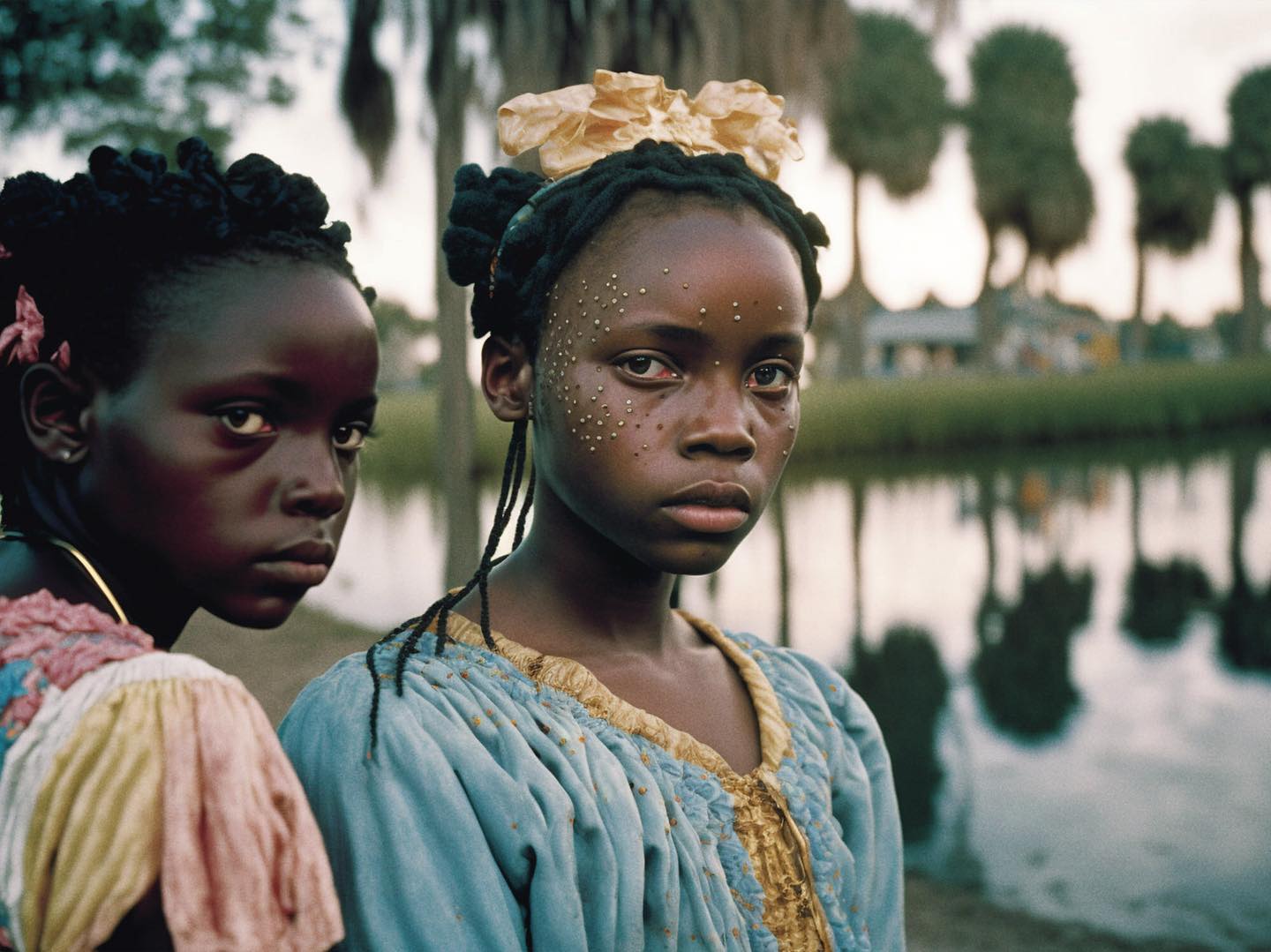
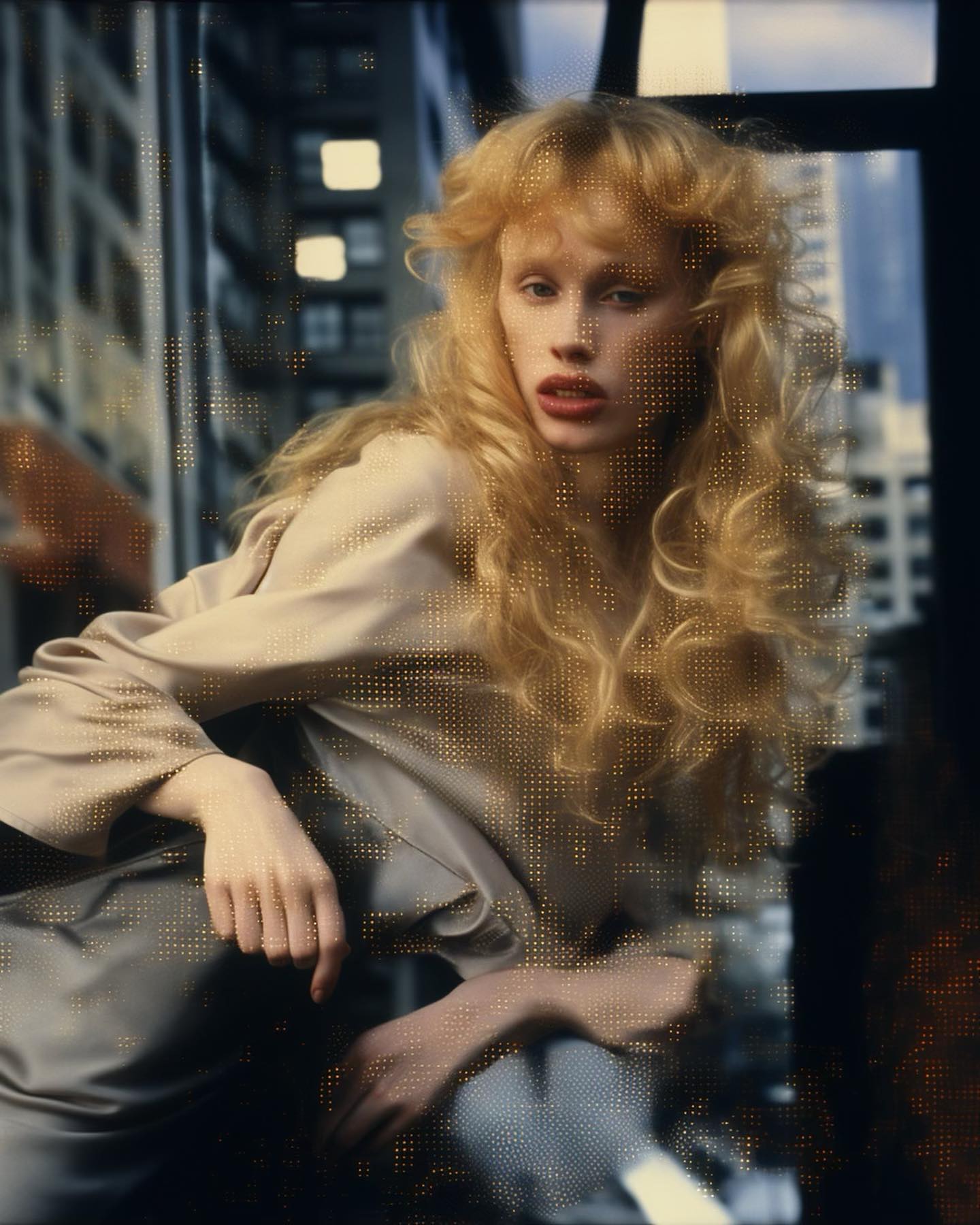
Some of the most interesting AI artists, for instance, use AI to explore and critique these very boundaries. Their work often highlights the imperfections and biases inherent in AI, turning the Uncanny Valley into a space of critical reflection rather than mere discomfort.
The Uncanny Valley in AI-generated art is more than a psychological phenomenon; it's a reflection of our complex relationship with technology. It challenges us to reconsider our definitions of art, creativity, and humanity. As AI continues to evolve and become an integral part of the artistic landscape, understanding and exploring the depths of the Uncanny Valley will remain a vital endeavor.
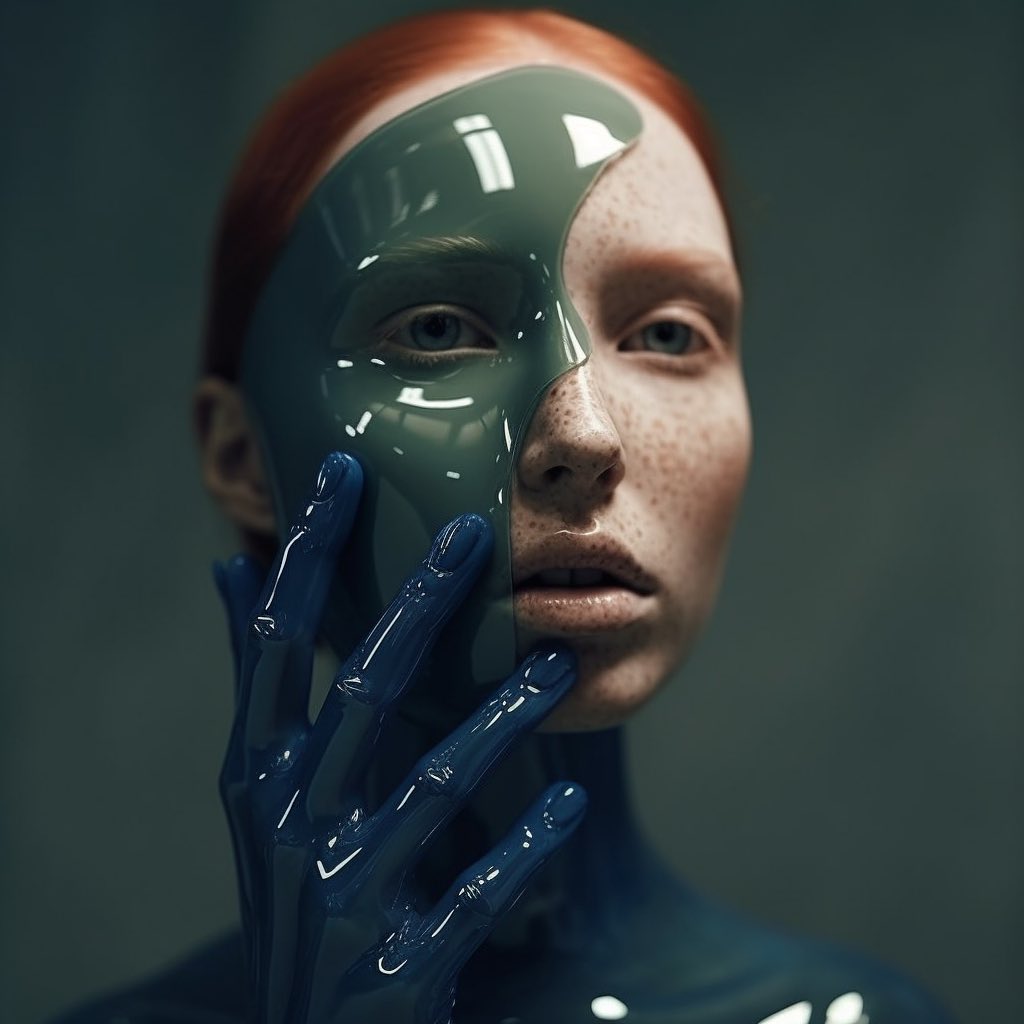
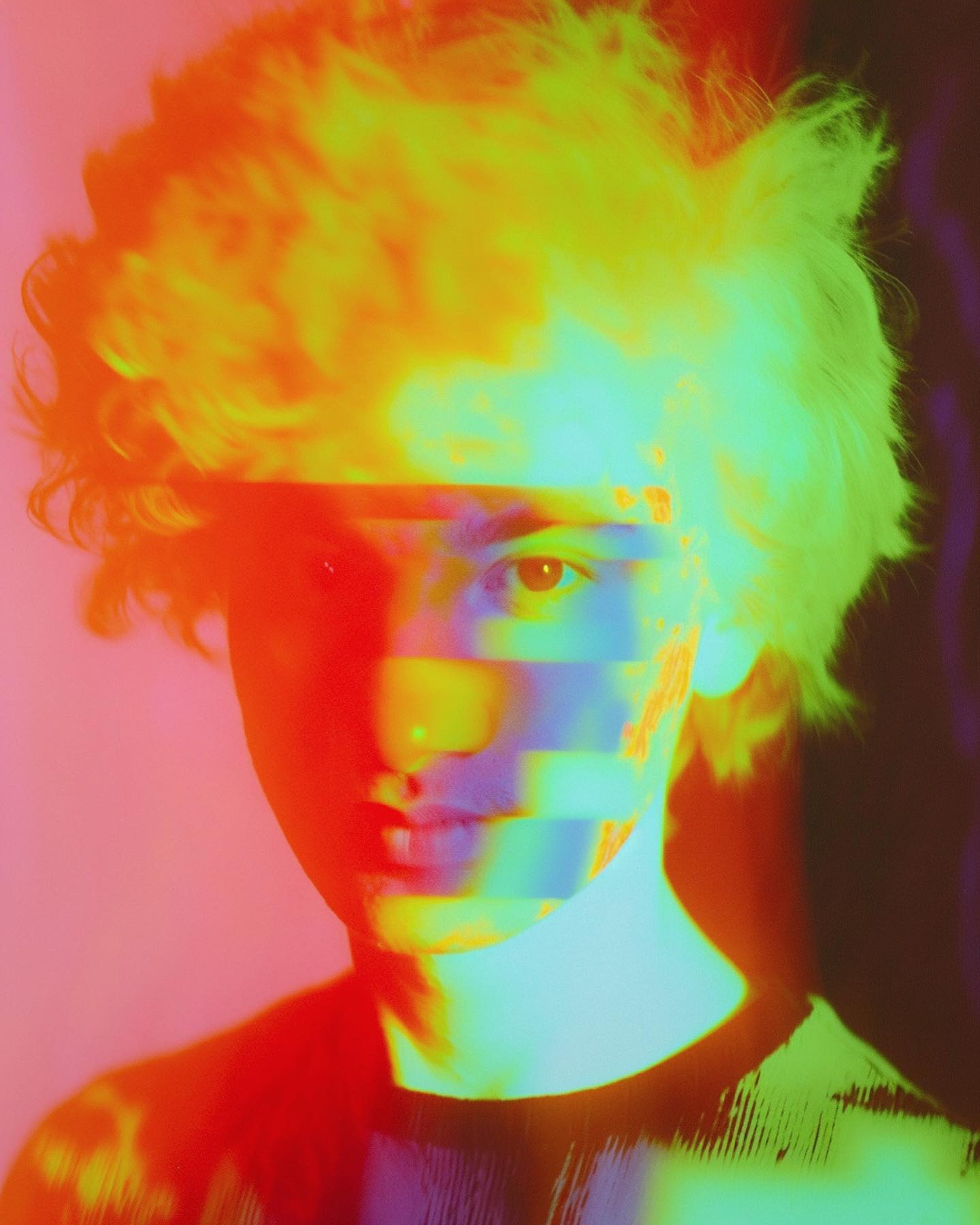
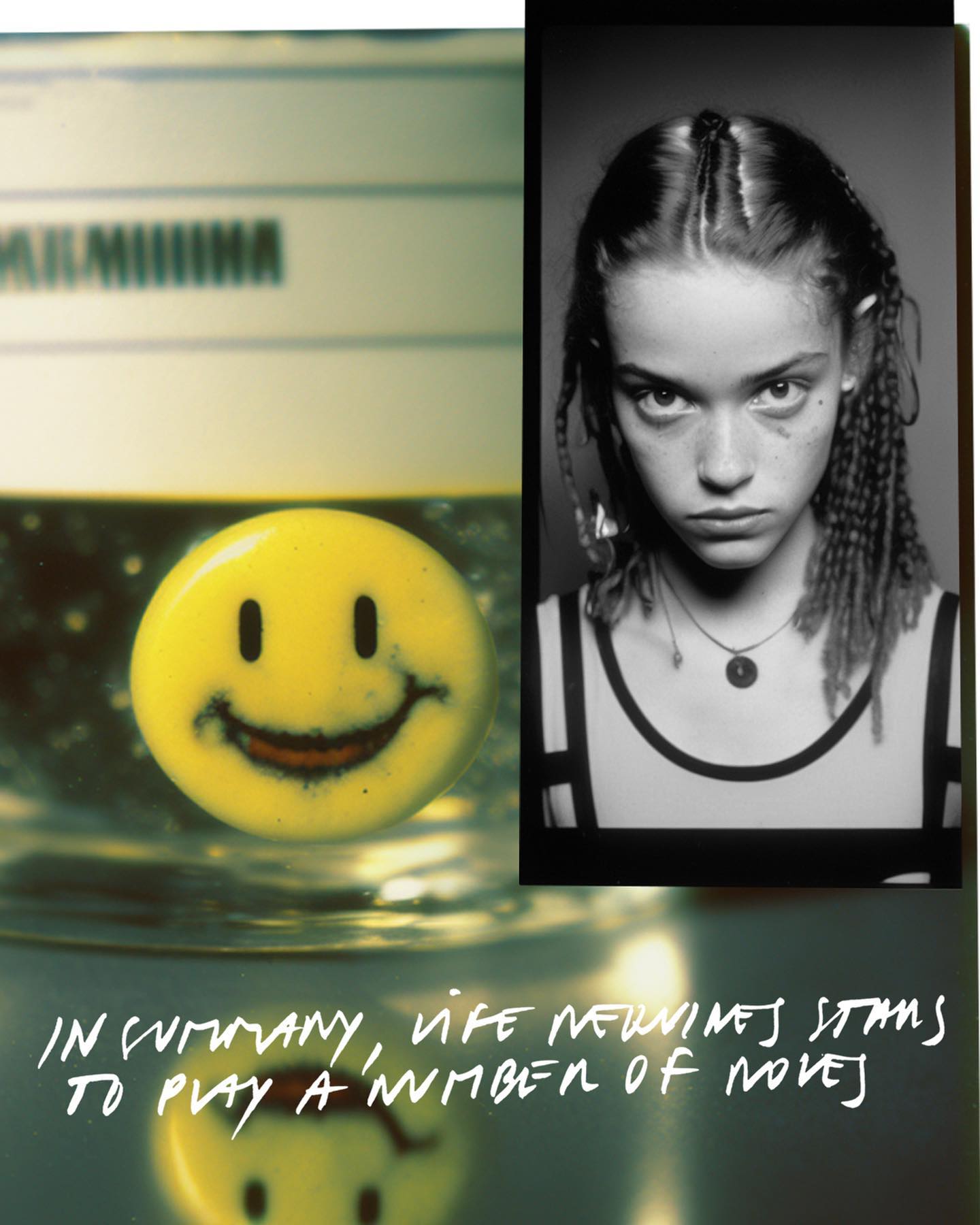
This journey into the Uncanny Valley is not just about understanding AI and its impact on art; it's about understanding ourselves, our fears, our hopes, and our place in a rapidly changing world where the lines between human and machine, reality and simulation, are constantly being redrawn.
In this comprehensive exploration, we hope to have shed light on the intriguing and sometimes disconcerting world of the Uncanny Valley in AI art, offering our readers new perspectives on this crucial aspect of contemporary art discourse.
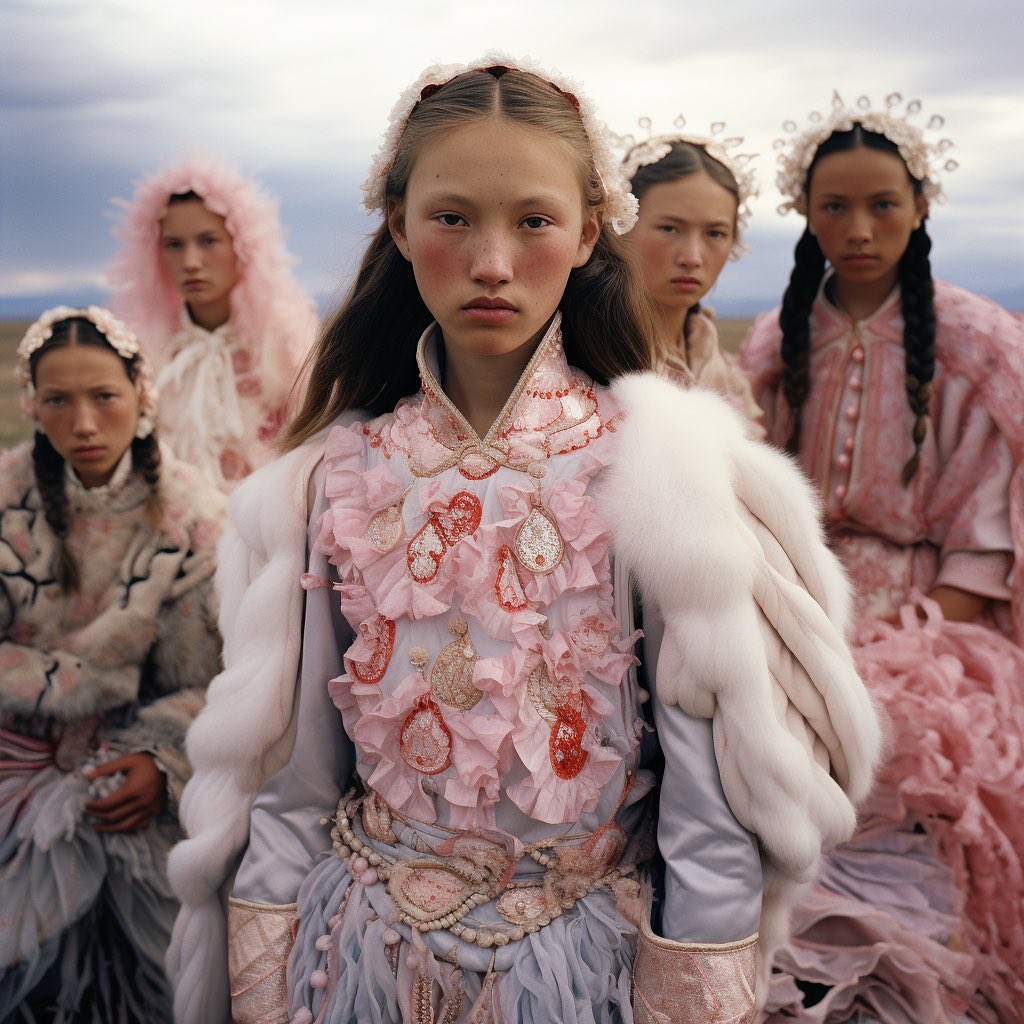
AI-Generated Text Curated and Edited by @gloriamariagallery
Subscribe on LinkedIn HERE